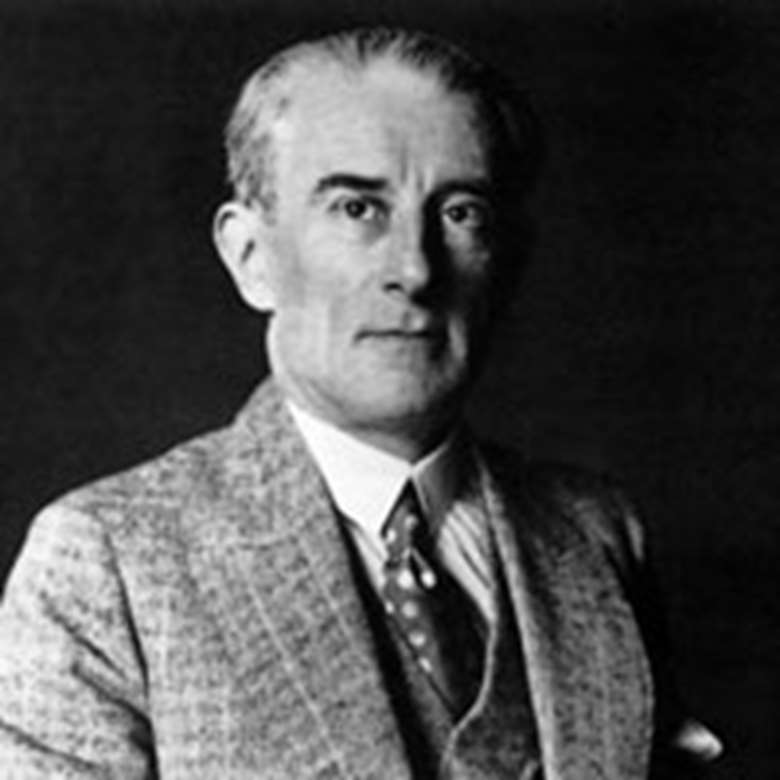Ravel Piano Concerto in G, by Pierre-Laurent Aimard
Gramophone
Monday, September 5, 2016
The Frenchman admires this showpiece – but being French isn’t a prerequisite for playing Ravel

For me, this work is interesting if you look at it not as an isolated piece but as part of a pair of pieces, which is common for Ravel. There are two piano concertos that were conceived at the same time, and together they make a whole. It’s just that they are the opposite of each other. One is essential, profound, historically very significant and very dramatic – and this is the Piano Concerto for the Left Hand (1929-30). The other is superficial and brilliant, a piece written more for the box office. Ravel, who was famous at this time, wanted to write a showpiece that he could take on a world tour. The result is the Piano Concerto in G (1929-31), which, because he was such an exceptional composer, is perfect.
This piece is more a divertimento than a concerto (Ravel originally thought of it as a divertimento), and it’s extremely cleverly done. It incorporates all the fashions or clichés of the era (the 1920s and the start of the ’30s): you have the jars, the mechanical moments, the neo-classicism. Even then, though, Ravel wrote it so finely that it is a very personal thing – touching and remarkably written.
I find the structure of the first movement uninteresting and conventional, but there are a lot of musical references in this concerto. We clearly hear those about which the composer himself spoke: Mozart, which we see in the second movement; and Saint-Saëns, which is not, in my opinion, the most noble reference. Ravel chooses a Basque song at the start, and some blues, but it is the way in which he works with the material that is remarkable. Evidently he intended to compose a light piece. Gershwin, Stravinsky – of course, they are influences, but in the end what is striking is how Ravel remains true to himself in terms of achievement, perfection of craftsmanship, elegance and sonorities. The mix of luxurious colour and transparency is extraordinary.
A guiding hand
I have never played this piece without a conductor. I know that Leonard Bernstein did, that this was his showpiece, but for it to be really well played it’s much better to have a conductor. For instance, it’s not that straightforward – especially in the third movement – to play rhythmically. It’s extremely virtuosic for many of the orchestral players too, so it’s good to have a strong guiding hand behind it. Bernstein was a showman, and I don’t think his is the best example of what’s been done with this concerto.
I had the privilege of recording this concerto with Pierre Boulez (who was in his eighties) and the best ‘French’ orchestra, the Cleveland. It didn’t require much rehearsal, because both Boulez and the orchestra – being the masters that they were – could quickly get the dream result. My feeling about this recording is that it was very easy. Of course it required skill but it was a natural process. There were no sessions, only live recordings. There was just one patch session for each concerto, and these were used only for the final chords because of the applause, and for one or two other places because of coughs. It was one of Boulez’s last recordings.
The French touch
I have played the piece in concert a lot, because just as the world believes that when you buy spaghetti it should always be Italian, so it believes that if you are a French pianist you should play Ravel concertos. In the case of the former, it is quite true – but I’m not so sure that it’s true that a Ravel concerto requires a French pianist. It’s a short piece and a light piece. It’s a nice thing to do, but I have often thought, ‘Why cross an ocean to play for 20 minutes?’ Also, it’s not a very hard piece, to be honest. If you want to play it well, in the right style, you need skill – that’s another matter; but technically speaking, it’s really easy and everybody can play it. It’s more difficult for the orchestra than for the pianist. The Concerto for the Left Hand, however, is a very demanding work – that’s a tough concerto. That’s Ravel’s big one.
When Ravel wished to compose a concerto, he was never short of ideas; but he came from a generation who wanted to get rid of the Romanticists, the piano concerto being one of their signatures. There were post-Romantic composers, Russians for instance, who played the 19th-century card constantly, but others just wanted to create something else, to turn the page. Stravinsky composed the Concerto for Piano and Wind Instruments, and then Bartók, Ravel and others realised that they could create things that belonged to their era rather than to the previous one. They realised that it was possible to renew the form in order to avoid sentimentalism, nostalgia and pompous gestures.
Explore more great piano concertos
Beethoven Piano Concerto No 5, by Paul Lewis
Brahms Piano Concerto No 2, by Nicholas Angelich
Grieg Piano Concerto, by Leif Ove Andsnes
Mozart Piano Concerto No 27, by Angela Hewitt
Prokofiev Piano Concerto No 3, by Jean-Efflam Bavouzet
Rachmaninov Piano Concerto No 2, by Stephen Hough
Schumann Piano Concerto, by Ingrid Fliter
Shostakovich Piano Concerto No 2, by Alexander Melnikov
Tchaikovsky Piano Concerto No 1, by Yevgeny Sudbin











